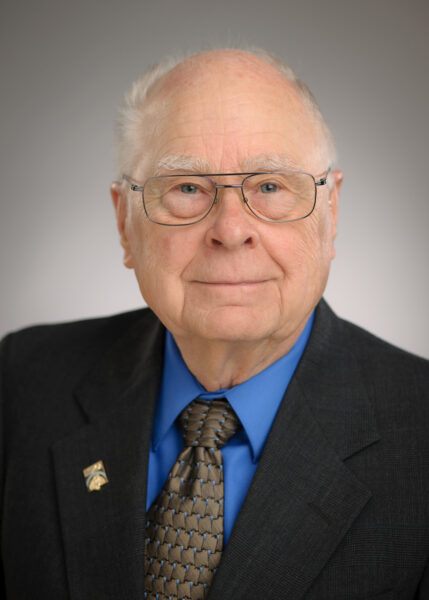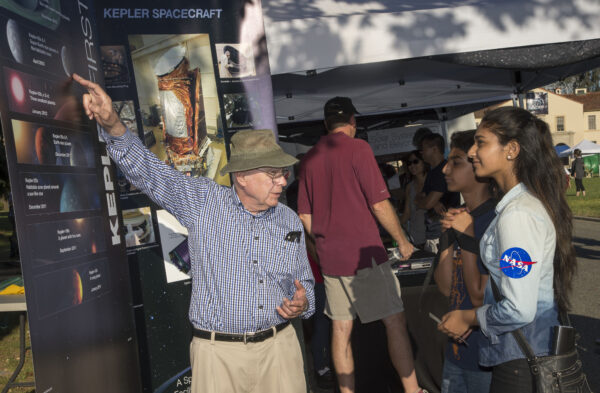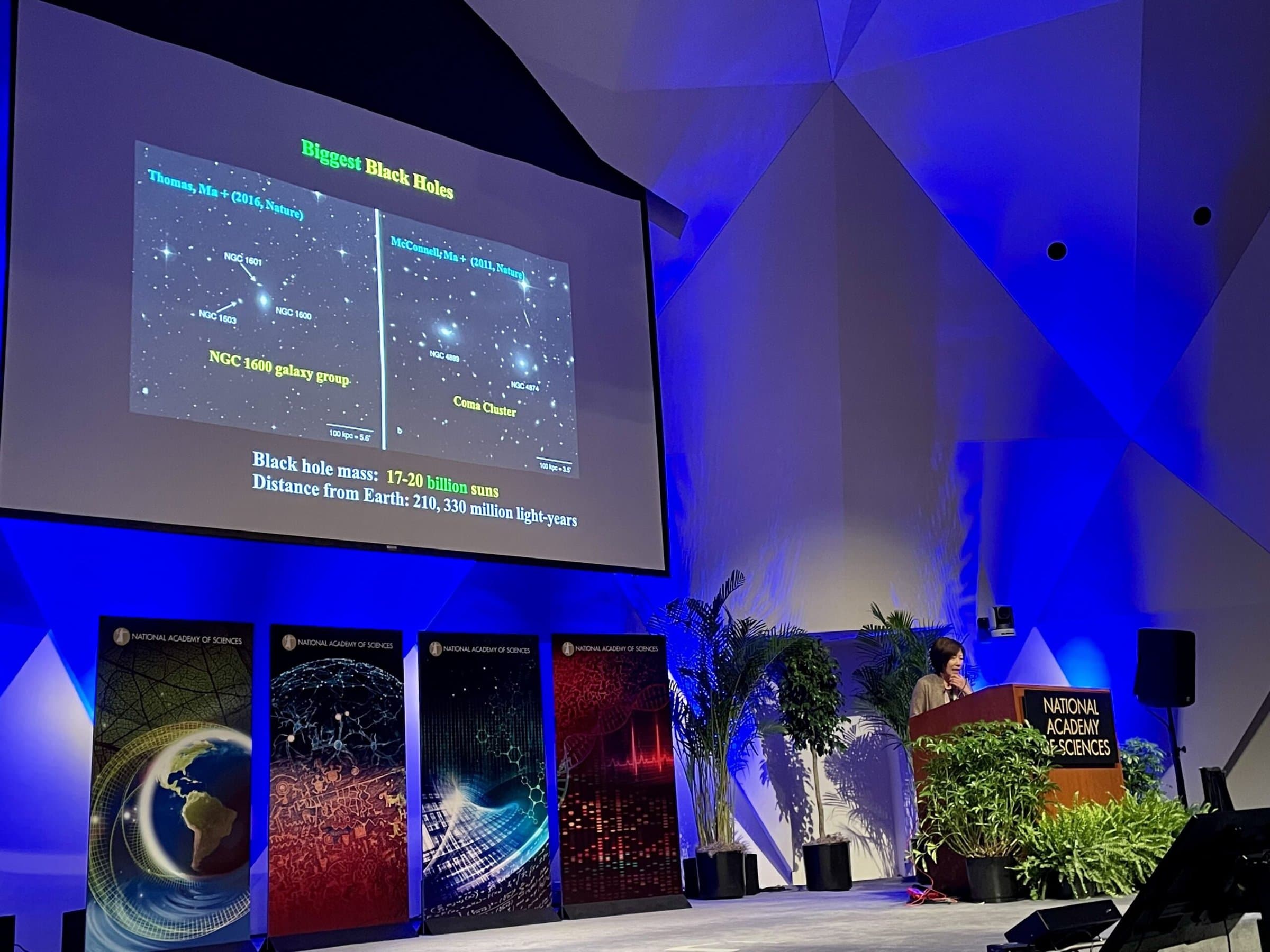
As a young NASA scientist during the Apollo era, William Borucki helped design the heat shield that brought Apollo 11 astronauts safely back to Earth. As we celebrate the 56th anniversary of the Moon landing, Borucki—who later led the Kepler mission that revealed thousands of planets beyond our solar system—reflects on the excitement of July 20, 1969, the lessons Apollo taught him about teamwork and persistence, and why he believes more “moonshot” moments are still to come.
Where were you on July 20, 1969, when Neil Armstrong first set foot on the Moon? What do you remember most vividly about that moment?
My family and I had driven over 2000 miles nearly nonstop from my parents’ home in Wisconsin to our home in California in time to view the Apollo 11 landing. My most vivid memory was watching a shadowy image of Armstrong descend the ladder and take the first steps on the Moon’s surface. I found the landing and Armstong’s step onto the Moon to be very suspenseful because an astrophysicist from Cornell University had warned that the lunar soil might be so powdery that the astronauts and spacecraft would simply sink into the soil and disappear. However, Neil found the footing to be good and noted that the landing pads on the lunar lander had sunk only a few inches into the soil.
As someone who began at NASA in the 1960s, how would you describe the culture and energy at the agency during the moon landing era?
 It was an era when everyone at NASA and at the many supporting organizations worked all-out for success. I was part of the team at Ames that conducted research on the development of the heat shield for the re-entry vehicle. We were using light-gas guns to fire model space capsules at escape velocity to measure the capability of heat shield materials to protect the astronauts and the capability of the vehicle design to avoid a catastrophic tumble on entry. We worked around the clock to determine the conditions that the vehicle would encounter as it decelerated from 25,000 mph to 100 mph when the parachutes began to open. It was extremely gratifying to see the astronauts return to Earth and land safely.
It was an era when everyone at NASA and at the many supporting organizations worked all-out for success. I was part of the team at Ames that conducted research on the development of the heat shield for the re-entry vehicle. We were using light-gas guns to fire model space capsules at escape velocity to measure the capability of heat shield materials to protect the astronauts and the capability of the vehicle design to avoid a catastrophic tumble on entry. We worked around the clock to determine the conditions that the vehicle would encounter as it decelerated from 25,000 mph to 100 mph when the parachutes began to open. It was extremely gratifying to see the astronauts return to Earth and land safely.
How did the Apollo program shape your own career and vision for space exploration? How did this vision evolve with your work on Kepler?
Over a period of nine years I worked with a very capable team of engineers and scientists to develop the technology needed for a safe trip to and from the Moon. Although some people claimed that such a mission couldn’t be done, I learned that a highly motivated, capable team with sufficient resources could overcome even the most difficult problems. However, in 1971, after several successful Apollo Missions our entire team was dismissed. Management believed that there was no need for further research on heat shields. It was time to move on. I searched for and found a position in the Theoretical Studies Branch of the NASA Space Science Division. There I worked with a team that was studying ozone chemistry that was occurring in the Earth’s upper atmosphere,and I conducted research on electrical activity occurring in planetary atmospheres. In 1983, I began the research that led to the development of the Kepler space mission to determine whether Earth-size planets in the habitable zone of other stars are of rare or frequent occurrence in our galaxy. If rare, then we might be alone. If we found many such planets, then life might be plentiful, just waiting to be discovered. Similar to the situation for the Apollo Program, many people believed that such a mission could not succeed. However, my participation in the Apollo Program had taught me that a capable and dedicated team, hard work, and persistence would overcome the obstacles we faced and make the Kepler Mission successful. Since its launch in 2009 the Kepler Mission has found thousands of planets orbiting other stars. It has discovered that there are more planets than stars in the universe.
 What would you say to young scientists and engineers who didn’t experience Apollo firsthand but are now shaping the next era of space exploration?
What would you say to young scientists and engineers who didn’t experience Apollo firsthand but are now shaping the next era of space exploration?
I would tell them that to accomplish great things during their careers it is important to choose a goal that is worthy of their best efforts and then they should dedicate themselves to its accomplishment. They will need to be patient; almost always persistence is necessary for success. Kepler took over 25 years from concept to results.
Do you think a new “moonshot” moment is possible for this generation? What might it look like?
Yes, I think that more “moonshot” moments are in waiting for us in the future. For example; imagine events such a: 1) the opening of the first Moon colony where people live out their lives, 2) the first time a baby is born in the colony, 3) manned ships to Mars launched from an industrial base on the Moon, and 4) a colony established on Mars.
William Borucki is a retired space scientist who worked at the NASA Ames Research Center and served as Science Principal Investigator for the Kepler Mission. He received the Henry Draper Medal in 2013 and was elected to the National Academy of Sciences in 2020.


